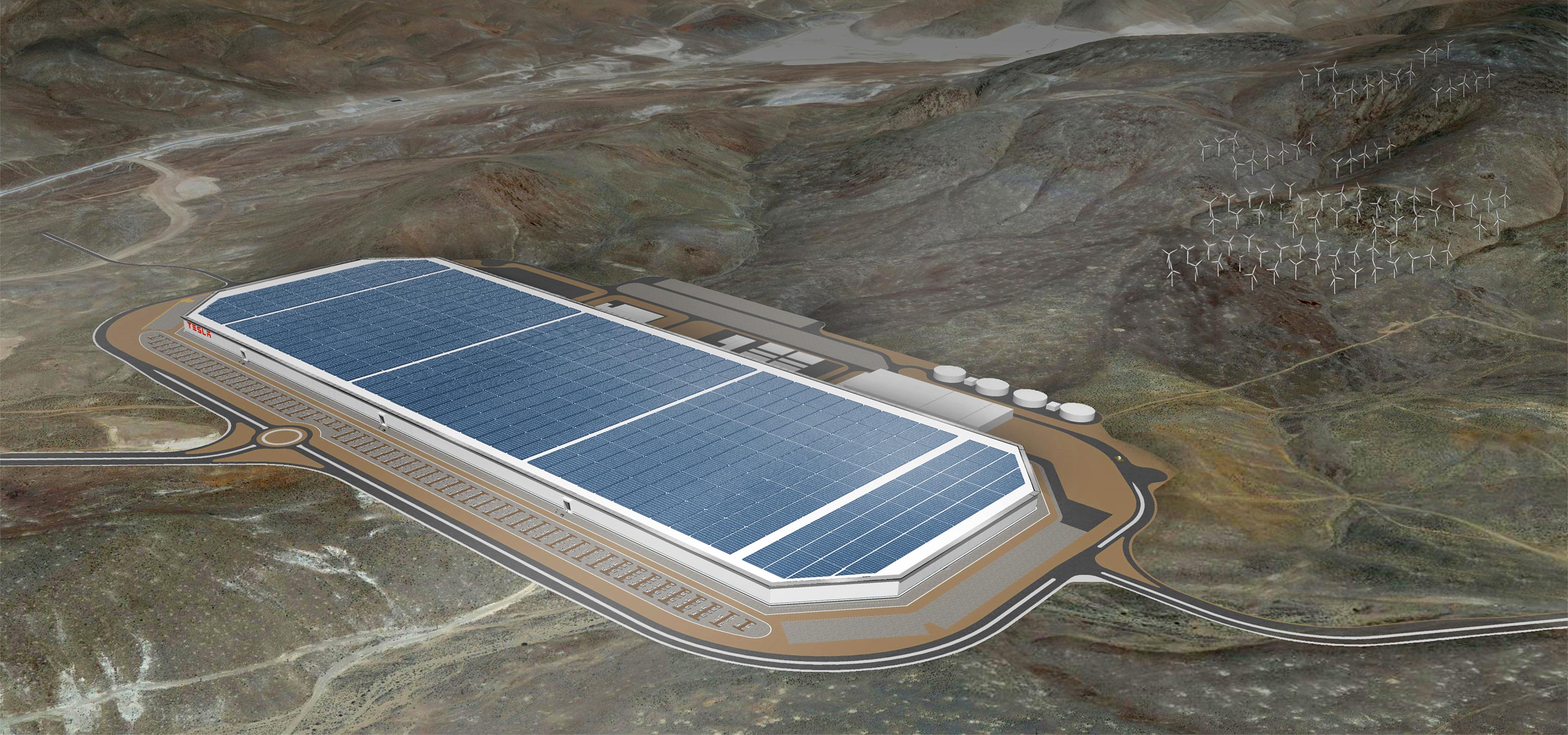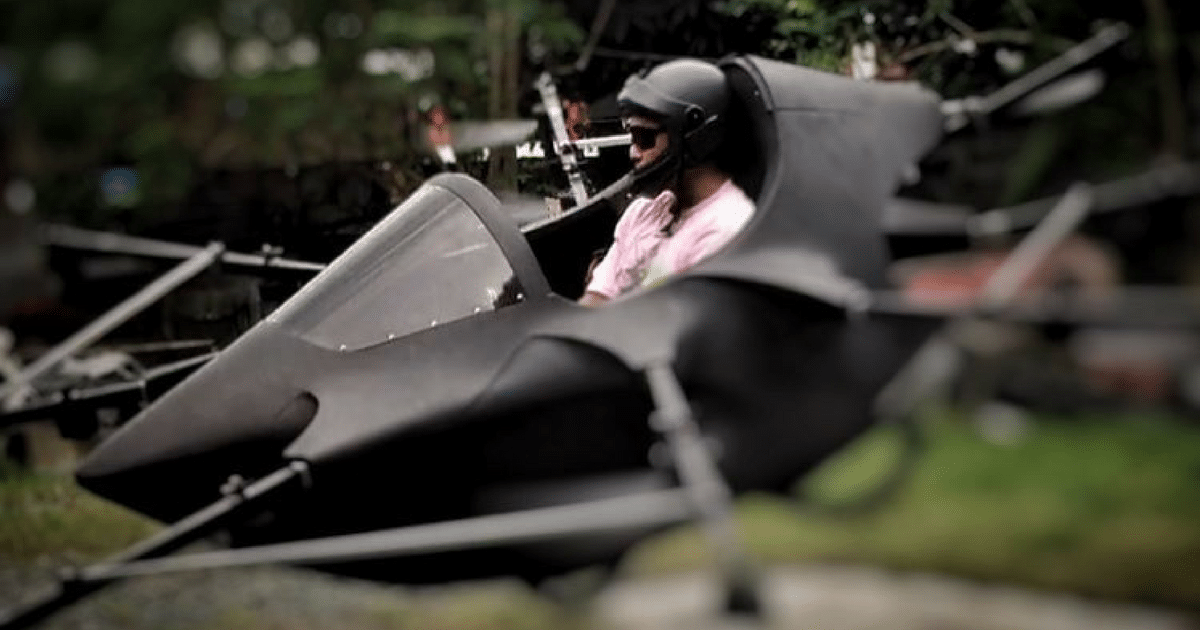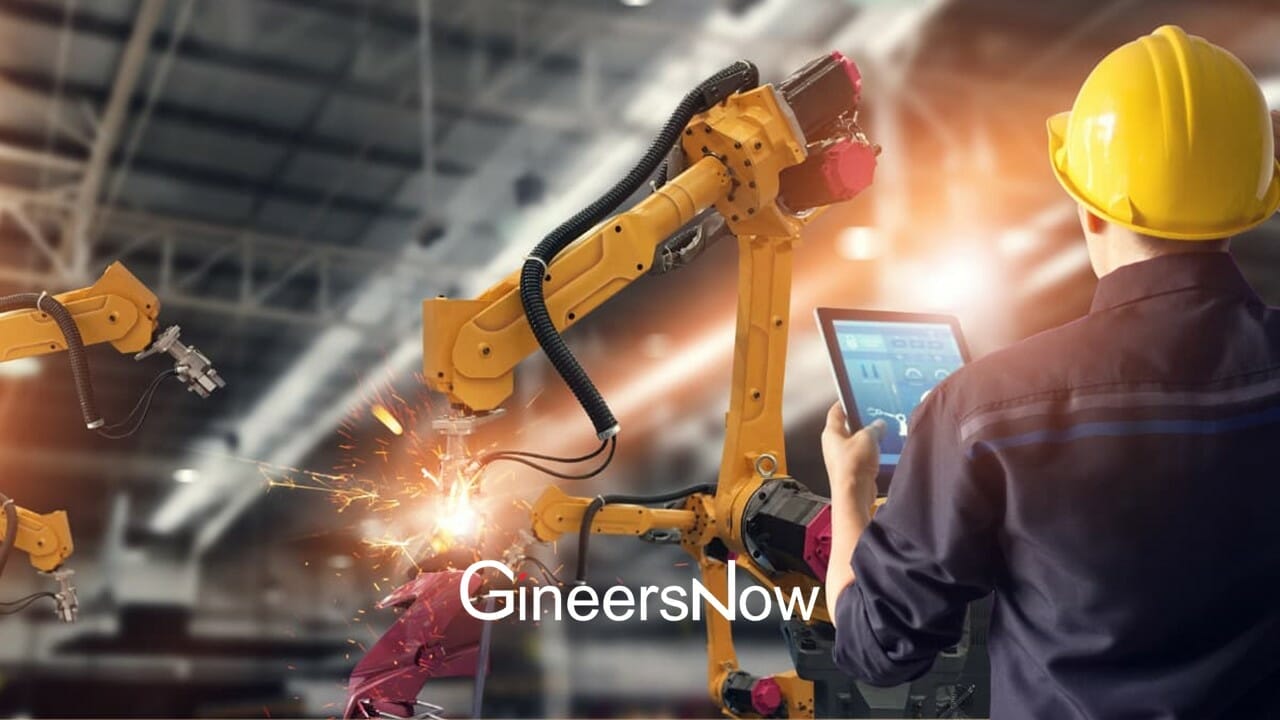Here are 10 breakthrough engineering, science and technology achievements that we love.
We have already reached that golden age of innovation wherein resources are almost an easy grab. Unlike in the past, tech think tanks and engineering laboratories now have the technologies of developing different devices, products, and systems. It is only up to engineers and scientists on how to convert these resources into practical use.
Last year has brought us many great innovations that allowed the world to be better, smarter, and more fun. There are infinite items in this list, but here are the 10 best breakthrough technologies that were once unimaginable.
Humans Communicating with Machines

Talking with a smartphone seems to be a crazy idea before, but now it is already a growing trend especially in China. The country’s leading Internet company, Baidu, is traditionally used by swiping and typing through the tiny keyboards in smartphones.
This is already changing as Baidu develops an advanced speech technology and makes voice interfaces more practical and useful. It provides an easier conversational interface that allows recognition of spoken words with exceptional accuracy, thanks largely to machine learning.
Robots Helping Each Other With Information

Programming robots involves a human to do the job of collecting huge amount of data and writing the intensive code. That is to teach robots how to perform the easiest of routine tasks. But given the extent of the intelligence of today’s robots, they can already help each other when comes to information. But so far, all of this is in theory.
Tellex hopes that through their “Million Object Challenge” will allow this to happen. Its objective is to have the robots from all over the world learn how to do the routine tasks like handling items and folding socks, upload the data to the cloud, and let other robots analyze and use the information.
SolarCity’s Gigafactory

There’s a new $750-million solar facility operated by Tesla in an industrial park in Buffalo, New York that will soon be producing some of the most efficient solar panels available commercially. True to its name, SolarCity’s Gigafactory is capable of making a gigawatt of solar capacity a year, equivalent to 10,000 solar panels a day. That makes it the biggest solar manufacturing plant in North America and one of the biggest in the world.
Renewable energy advocates have several reasons to celebrate this milestone. One of which is the fact that the company will sell residential solar panels that cost way cheaper as compared in 2012 – from $4.73, SolarCity can install the panels only for $2.84 per watt. This is still expected to go below $2.50 per watt by the end of 2017.
The volume of production and a simplified manufacturing process are responsible for such low prices.
Autonomous Driving

Even when Tesla introduced the Autopilot back in 2014, it had the most progress this year packing their self-driving car with advanced features. From its first generation of autonomous vehicles, Tesla has produced new hardware that leads to the level 3 and 4 autonomous driving – meaning the cars could already take control and make decisions entirely on their own.
The latest Tesla Autopilot model is so far embedded with 1.3 billion miles of Autopilot data from its first generation sensor suite. This, after the automaker bought a new $1 million state of the art data storage system.
The Virtual Reality Headset for Everyone

Virtual reality headsets often require a computer powerful enough to support cutting-edge virtual reality. But not the Sony Playstation VR, which lets more than 40 million people who already own the Playstation 4 enjoy a plug-and-play experience with their consoles.
It delivers full 1080p images to each eye and a wide 100-degree field of view, perfect for virtual reality enthusiasts. No need spend so much on the VR headset and the PC or settle with the cheap phone-based VR systems.
Omnidirectional Spherical Tires

The wheels barely had a major revamp – because automakers have focused themselves to autonomous driving and electric cars – until Goodyear unveiled its Eagle-360 spherical tire concept. The 3D-printed ball tires are intended for the self-driving cars.
It’s pretty much like the wheel of the future. The Eagle 360 allows multidirectional movement of the tires by using magnetic levitation instead of axles. The design lets the tires throw water away through its centrifugal forces, also with a larger contact path with the ground which allows for more control.
Drones with State-of-the-art Technology

Drones have also shown remarkable development this year with brands besting each other. But DJI Mavic Pro perhaps prevailed with its state-of-the-art technology.
The 4k camera-enabled drone features avoidance to obstacles and tracking subjects while flying. This, while also being folded down to the size of a loaf of bread. That’s the smallest fold there is for drones yet. It is also compact in size, which is one of its best selling points.
In the past 6 months, we have witnessed drones as mode of human transportation. This might be the most effective way to beat the traffic in every metropolis.
Skype Translator Converting Live Speech into Text

What use will there be with a chat involving different language speakers if they don’t understand each other? Skype’s artificial intelligence-based Translator does the job of interpreting your spoken mother tongue into 7 other languages and see transcripts for more than 50.
Through its layers of machine-learning algorithms, the words spoken in the Skype chat are analyzed and transcribed into text. It uses an AI that draws on millions of speech examples. Moreover it is self-learning – meaning the more people talk in regional accent or slangs, Translator gets smarter by hearing and understanding the content spoken.
China’s New Space Module, the Tiangong-2

China is no way backing out in its space exploration as the China Manned Space Programme launches its second module after the Tiangong 1 installed five years ago. Two new astronauts, Jing Haipeng and Chen Dong, arrived in orbit earlier this year.
According to the programme’s official statement, the Tiangong 2 has this main objective: verify key technologies including cargo transportation, on-orbit propellant resupply, and medium-term stay of astronauts, as well as conduct space science and application experiments on a relatively large scale.
The 34 feet long and nearly 14 feet wide space module competes with the football field-sized International Space Station. But it can keep up soon. The Chinese program is set to launch a core module for a much bigger space station come 2018.
World’s First Dengue Vaccine

Medicine is a field that greatly benefits from the advancement of technology. This year, it has observed monumental developments including a vaccine called Dengvaxia that has been recommended by the World Health Organization to prevent dengue.
It took 20 years for researchers to finally have a vaccine that protects against all four viruses that cause dengue. After several experiments, Sanofi Pasteur introduced the Dengvaxia late in 2015, which was made for public consumption this year.
With some 400 million people already infected yearly and about 40% of the world’s population at risk, this vaccine that avoids the virus commonly transmitted by the Aedes aegypti mosquito is definitely long overdue.

























